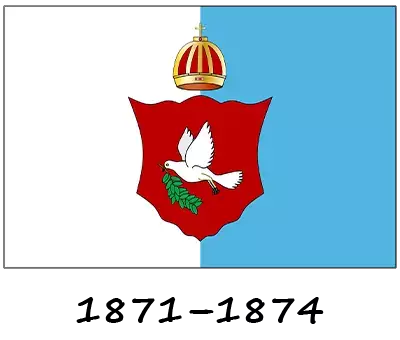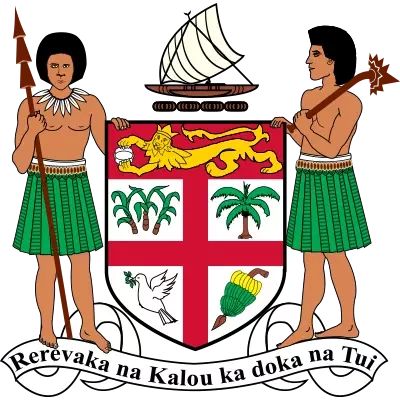The first people to visit Fiji were Polynesian and Melanesian travelers who settled the islands about 3500 years ago. However, these islands were discovered by the Dutch navigator Abel Tasman in 1643. Later, in 1774, British Captain James Cook also visited Fiji during his travels. But the greatest influence was the British navigator William Bly, who in 1789, after the mutiny on the Bounty, sailed between the Fiji Islands. Captain William Bly was leading an expedition to transport breadfruit trees from Tahiti to the West Indies, but part of the crew, dissatisfied with his harsh leadership, mutinied under the leadership of Fletcher Christian. Bly and some of the crew members who supported him were put on a boat, but managed to survive and return to England after an extremely long and dangerous journey that required them to sail through the waters of Fiji. Although they did not land on the islands for fear of a hostile reception by the locals, Bly's voyage through Fiji's waters was one of the first detailed European observations of the region, which later contributed to the mapping and exploration of the islands.

In the pre-colonial period, there was no official unified flag for the entire territory of Fiji. Therefore, an important moment in history was the unification of the country under the rule of King Ratu Seru Epenisa Cakobau, the first king elected in 1871. At the same time, the first flag common to all the islands was established, which consisted of a vertical white and blue flag depicting a white dove with an olive branch in its beak on a red shield. Above the shield was a crown. The white dove symbolized peace and unity, and the crown emphasized royalty over a united Fiji.

After Fiji became a British colony in 1874, the country initially used the traditional British flag, the Union Jack. In 1877, Fiji received its own colonial flag. It was typical of the British colonies of that time: a blue background, the Union Jack remained in the upper left corner (canton), and the right side of the flag was decorated with the colony's coat of arms. The main element in the center of the coat of arms was a mermaid with a mirror in her left hand and a crest in her right, symbolizing the wealth and magic of the seas that wash the Fiji Islands.

Subsequent colonial flags changed only the emblem on the right side of the flag. Thus, in the period from 1883 to 1908, it consisted of a crowned golden lion standing on a Tudor or St. Edward's crown, with the inscription “FIJI” below it. The crown and lion were often used on colonial British flags and symbolized the British monarchy. It turns out that only the Fiji inscription was a unique element that distinguished the flag from other colonies.

In 1908, the official state emblem of Fiji was adopted, which, by the way, is still in use and has not changed since then. Therefore, it was logical to place it on the flag and update the emblem. From 1908 to 1924, the coat of arms was placed in the same white circle as on all previous flags, but then it was decided to place the coat of arms without a white background and enlarge the emblem to the size it occupied when placed on the circle.
Finally, on October 10, 1970, after almost a century of colonial rule, Fiji gained independence from Great Britain, which raised the question of creating a national symbol. The flag of Fiji is rectangular on a blue background, and the upper left part (canton) depicts the Union Jack, which symbolizes Fiji's historical ties to Great Britain. The rest of the flag emphasizes national characteristics. The shield of the Fiji coat of arms is located on the right side of the flag and consists of the following symbols: the red cross of St. George, a lion in the upper part of the shield, sugar cane, coconut palm and bananas in three sectors, respectively, and a white dove in the lower left part of the shield.












